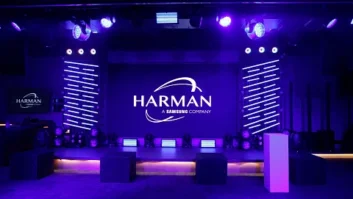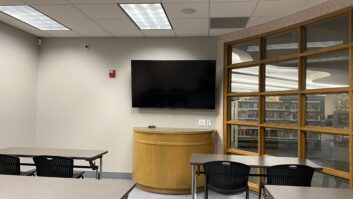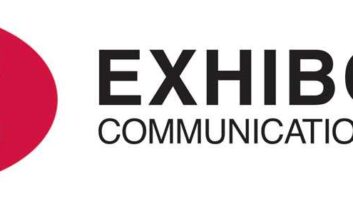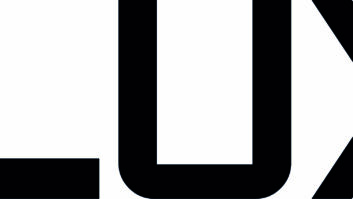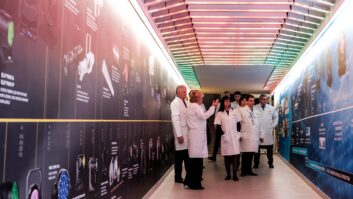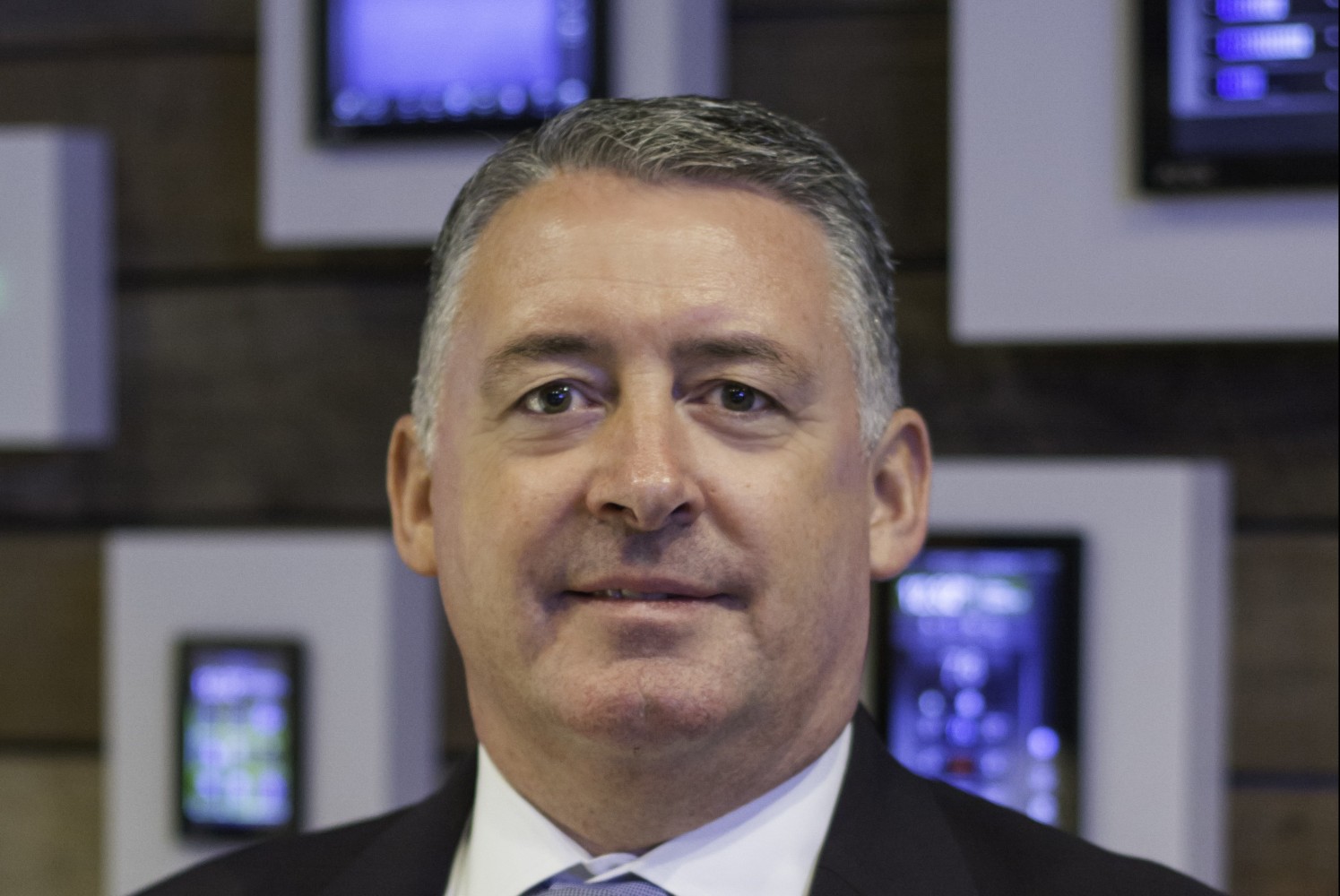
In July, Harman launched a new brand identify and renamed many of its divisions: for instance, Harman Professional became Harman Professional Solutions Division. Under a new corporate structure effective from 1 October, the Professional Solutions Division was organised into three key strategic business units (SBUs): Enterprise, led by Kevin Morrison; Entertainment, led by Bryan Bradley; and Products, led by Mark Ureda. Here, Kevin Morrison speaks to Paddy Baker about how the new structure will take the company forward.
The Enterprise SBU, which is where Harman’s installation business predominates, consists of three customer solutions units (CSUs): corporate, education and government – “which has long been the focus of AMX, though now we’re selling the whole Harman product portfolio to these customers”, says Morrison; large venues – comprising stadiums, convention centres, public transport; and hospitality, which includes hotels, casinos, houses of worship, and the bar, club and leisure industry.
There’s a small degree of installation within the Entertainment CSU – mainly in the cinema business – but that also comprises touring (offering audio, video and lighting) and retail (that is, Harman products that are sold via retail such as portable PA and AKG headphones).
The revenue split between Enterprise and Entertainment is “about 50-50”, says Morrison. “But the Enterprise piece is where we think we’ll see most dramatic growth, and that really does face the install business.”
So where does he see that growth coming from? “Traditionally in the install business we’ve been very transactionally based. We’ve sold speakers, or architectural lighting, or some control and audio – but we’ve not really gone out there offering the technology as a complete solution. Each of the customer solutions units (CSUs) has their own customer-focused marketing resources and solutions managers who really understand the application.” So, for instance, in Enterprise for example, there are experts who know how to work in higher education and understand how the collaborative classroom works. “We will develop product and well as supply product for that install market, all based on a solution.”
It’s a very different model, for Harman, although it’s one that AMX had had for quite some time, he says – “working with end users and the channel, and driving that back through end user forums, dealer forums and consultant forums. Now we’re doing this across the whole of Harman Professional, which I think is the right way for the business to grow.”
He continues: “Our product management and our customer solutions people lie within the customer solutions unit. They will do their product marketing job as usual and go to our engineering group, which is the Products SBU, to build their technology – on price, on time, on target.”
Of course, it’s long been a strength of Harman that technology developed for one brand is used in others, and the new structure will allow this to continue. “The teams within the SBU will work together across the CSUs to create a product that will be good for several of the CSUs,” he explains. But what if different markets want slightly different variants? “Well, I’m sure as big boys we’ll all come to some agreement! It’s a question of prioritisation, revenue opportunities and everything else.”
I suggest that one way in which the new structure is more like old Harman is that it is globally integrated at the top level – with all the most senior people having global responsibility. “I think that’s very much the nature of our industry,” he replies. As an example, he cites how government business used to have security requirements that were specific to North America, but now “the security applications on the AV products themselves, are pretty similar across the board [globally].” Similarly, he says, corporate customers are looking for global standardisation and global rollouts – “so I think it makes sense to address them like that”.
He continues: “The level of excitement around the business is very good and very healthy… First and foremost it’s most important to try and make the products easier to talk to each other and install, and that’s one of the first passes, but we’ve got a tremendous war chest of technology here, and I’m very excited for the next phase of what this will bring to the market.”
This is an extract: the full interview will be published in Installation’s December issue.
